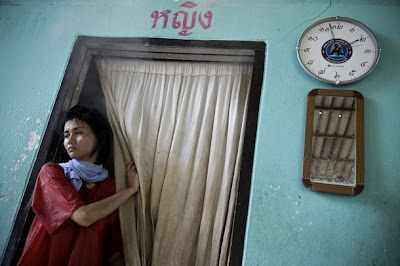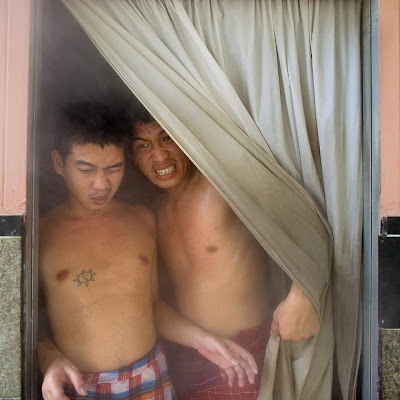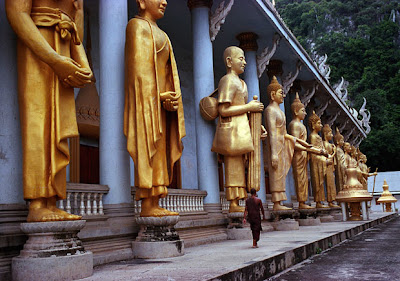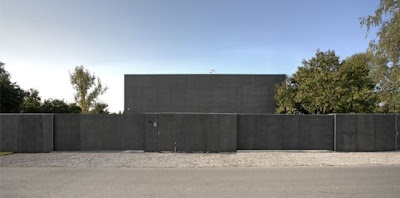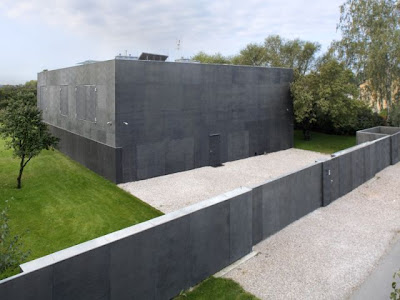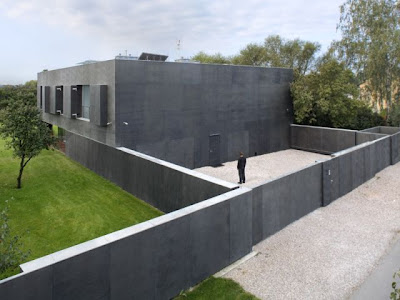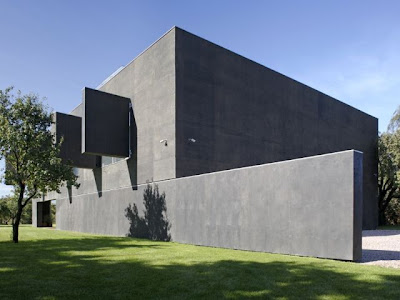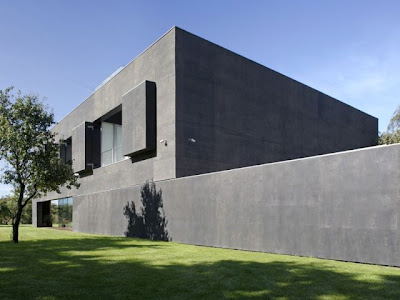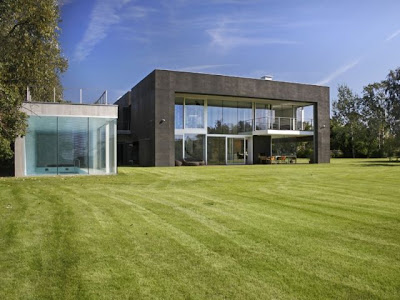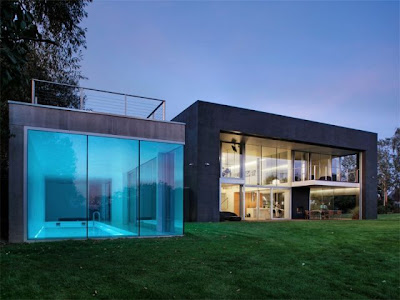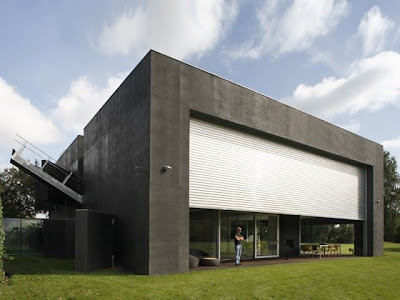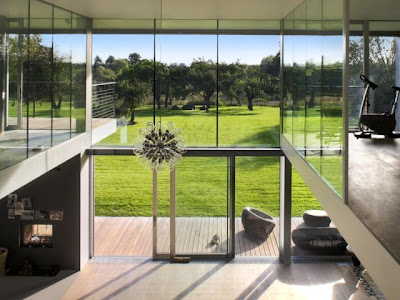INVERTEBRATES AS LEAVES
The “dying” leaf-mimic katydid below is a fascinating creature, and evolution natural selection has endowed it with the ability to mimic a dying leaf.

Dead leaf butterflies are extraordinary creatures to observe up close. The specimen below illustrates the intricate details chiseled out by adaptation through natural selection, which is a driving force of evolution. The remarkable details help the butterfly evade predation by mimicking a dead leaf.


The images and videos below show various species of leaf- and stick-mimicking praying mantises, including a dead leaf mantis (Deroplatys desiccata) and a violin mantis subadult (Gongylus gongylodes). The detail and similarity to vegetation in some species, like the specimen in the first image, is extraordinary.


The image above showing a dead leaf mantis (Deroplatys desiccata) camouflaged amongst some leaf litter

Violin mantis subadult
VIDEO: Leaf Mantis at 04:45:
VIDEO: A violin mantis catching a fly:
Another leaf mimic katydid positions itself below. This specimen mimics a decomposing leaf instead of a dying leaf.


Leaf insects or walkingleaves from the family Phylliidae are some of the best examples of leaf mimics.


Phyllium giganteum

VIDEOS of walkingleaves:


Phyllium giganteum

VIDEOS of walkingleaves:

An unidentified species of dead leaf insect

Here are more examples of leaf-mimicking katydids. The species directly below from Costa Rica is mimicking a dead or brown leaf. Note the mottling or splotching of darker browns, which certainly allows this species to camouflage itself amongst decaying leaves very well.

Undergrowth dead-leaf katydid (Orophus sp.), Barro Colorado Island, Panama

This series of images shows several small-leaf katydids (Pseudophyllinae) from Peru and the Peruvian Amazon. The last image in the series shows a dead-leaf katydid nymph or an immature form of a small-leaf katydid.




The image showing the undergrowth dead-leaf katydid (Orophus sp.),

This peacock katydid’s (Pterochroza ocellata) exceptional resemblance to a dead leaf is remarkable, but if its camouflage fails and a predator realizes it’s a potential meal, the peacock katydid has a behavioral trick—it can quickly flash a pair of false eyes by opening its wings to startle a predator.


The peacock katydid images

The children’s stick insect (Tropidoderus childrenii) is found in Australia, and it mimics Eucalyptus leaves.

This cuttlefish is trying its best to mimic a leaf.
. . .
VERTEBRATES AS LEAVES
Can you find the leaf mimic frog? Leaf mimicry isn’t exclusive to insects, since some vertebrates make use of this extreme form of camouflage.



The first two leaf-mimic frog images The third leaf-mimic frog image
. . .
The South American or Amazon leaf fish (Monocirrhus polyacanthus) uses camouflage, mimicry, and stealth to hunt its prey. It will often sit in the water column at varying angles or sideways mimicking a dead leaf (note the individuals in the background). Its prey is quickly gulped into its hard to see large mouth.




The Uroplatus, a genus of gecko endemic to Madagascar, are sometimes referred to as leaf-tailed geckos. The first image shows an individual hibernating during cooler Malagasy weather, and the leaf-tailed gecko uses its tail to mimic a leaf or camouflage itself as it hibernates.


This robust ghost pipefish (Solenostomus cyanopterus) mimics a blade of sea grass, and rests at an angle similar to the South American leaf fishes above. Ghost pipefishes are relatives of pipefishes and seahorses and display some of the best camouflage found in nature. They are very ornate and showy like the weedy and leafy sea dragons.






There are two robust ghost pipefishes in this image:


Tags:




